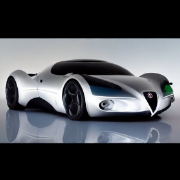FPT - 1.8 in Alluminio, Turbo ID, doppio Variatore, fino a 300 CV
-
Contenuti simili
-
PSA e Punch Powertrain: JV per l'ibridazione 1 2
Pubblicato da Beckervdo,
- 18 risposte
- 4647 visite
-
FCA - 1.0 N3 BSG (FireFly MHEV 12 V) 1 2 3 4 13
Pubblicato da __P,
- ibrido fiat
- mhev
- (e 16 altri in più)
- 122 risposte
- 34166 visite
-
FCA - 1.0 e 1.3 MultiAir III - Motori GSE (FIREFLY) e GME 1 2 3 4 150
Pubblicato da RiRino,
- iniezione diretta
- multiair
- (e 14 altri in più)
- 1490 risposte
- 525075 visite
-
-
-






.thumb.jpg.902d2a4f20a129e92b6f6920407b81bd.jpg)












.thumb.jpg.46228d717c405acd43b45b79fddce6a4.jpg)


Messaggi Raccomandati:
Crea un account o accedi per lasciare un commento
Devi essere iscritto per commentare e visualizzare le sezioni protette!
Crea un account
Iscriviti nella nostra community. È facile!
Registra un nuovo accountAccedi
Sei già registrato? Accedi qui.
Accedi Ora